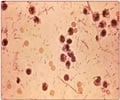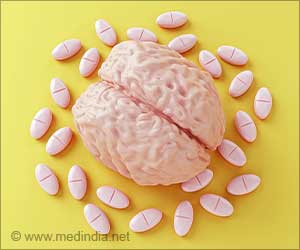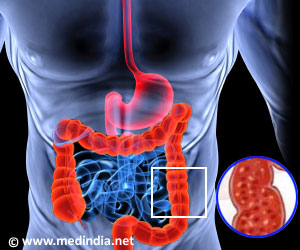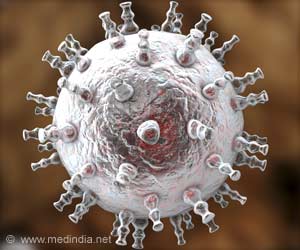Researchers have discovered that the world’s largest bacteria are unable to protect themselves from the invading parasitic microorganisms.
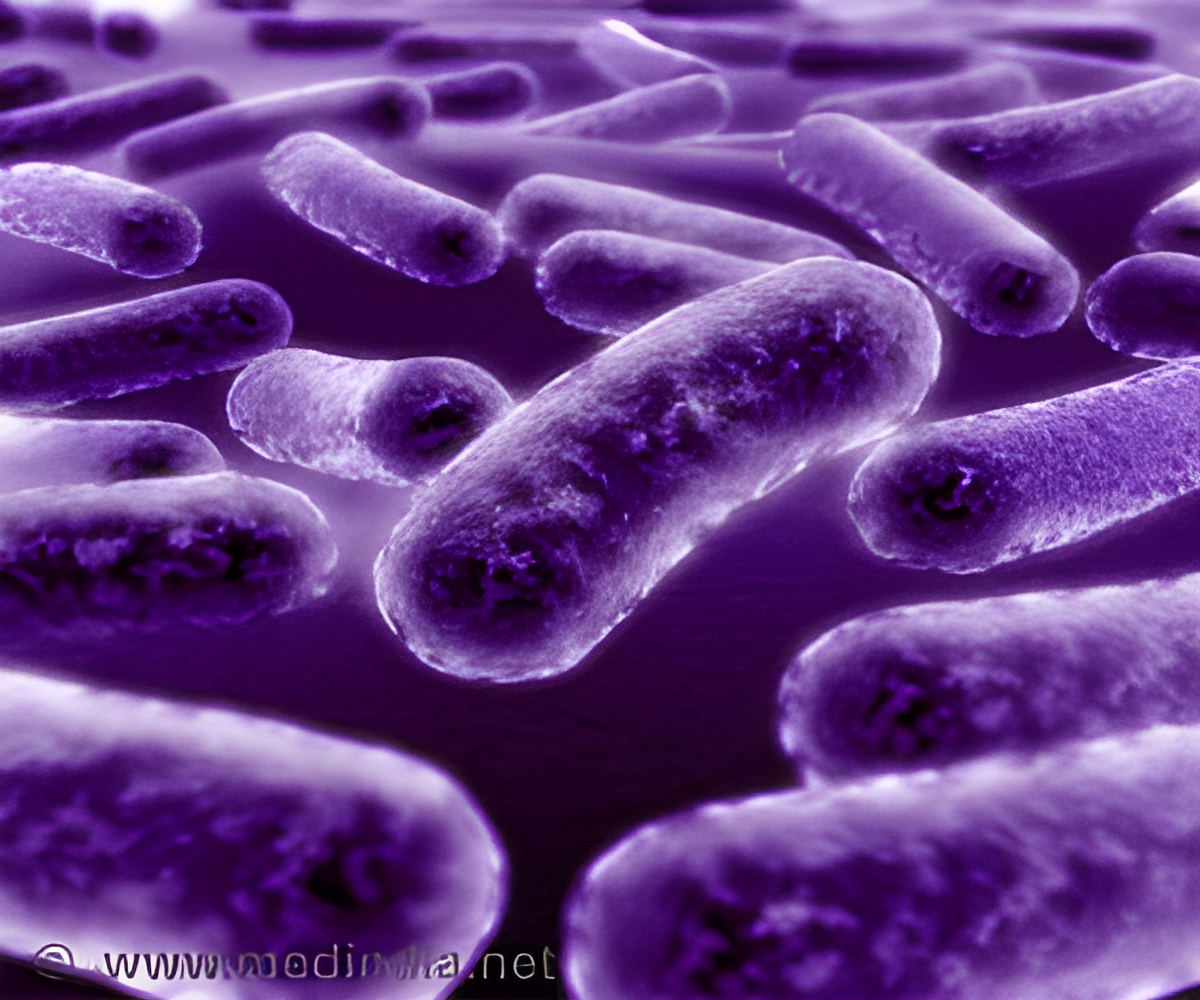
"We have long thought that a surprisingly large amount of nitrate disappears here. When we investigated the case, we saw that Thioploca is not solely responsible for all nitrate removal. Inside the tubes we found some smaller cells, so-called anammox bacteria that steal nitrate from Thioploca when it retires through the sheath with its harvest of nitrate", explains Bo Thamdrup, bio-geo-chemist at the Nordic Center for Earth Evolution (NordCEE), University of Southern Denmark.
Along with colleagues from Pomona College in California and other American institutions, he describes the newly discovered symbiosis in the journal Nature.
The discovery is now helping to explain why in some parts of the oceans large quantities of nutrients disappear.
"The newly discovered symbiotic relationship increases nitrogen metabolism in the sea. This leads to fewer algae in the water and thus less food for marine organisms. The consequence is that there is less food for the fish", explains Bo Thamdrup.
It is often an accelleration rather than a reduction of algal growth that worries marine scientists, because algal blooms can lead to poor and potentially deadly conditions for marine animals, including fish, particularly in coastal waters. But in some places in the world - as in the area, that Bo Thamdrup and his colleagues have studied - it is not increased but reduced algal growth, which leads to poorer living conditions for the fish.
Advertisement
"We have previously believed that nitrogen removal occured mainly in the open ocean and in the water column rather than at the bottom. However, if oxygen-depleted regions and Thioploca and anammox-bacteria spread over the seabed near the coasts, it could have implications for fish life and fisheries" explains Bo Thamdrup.
Advertisement
Source-Eurekalert

